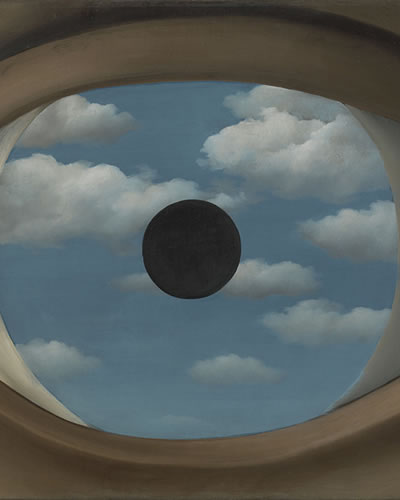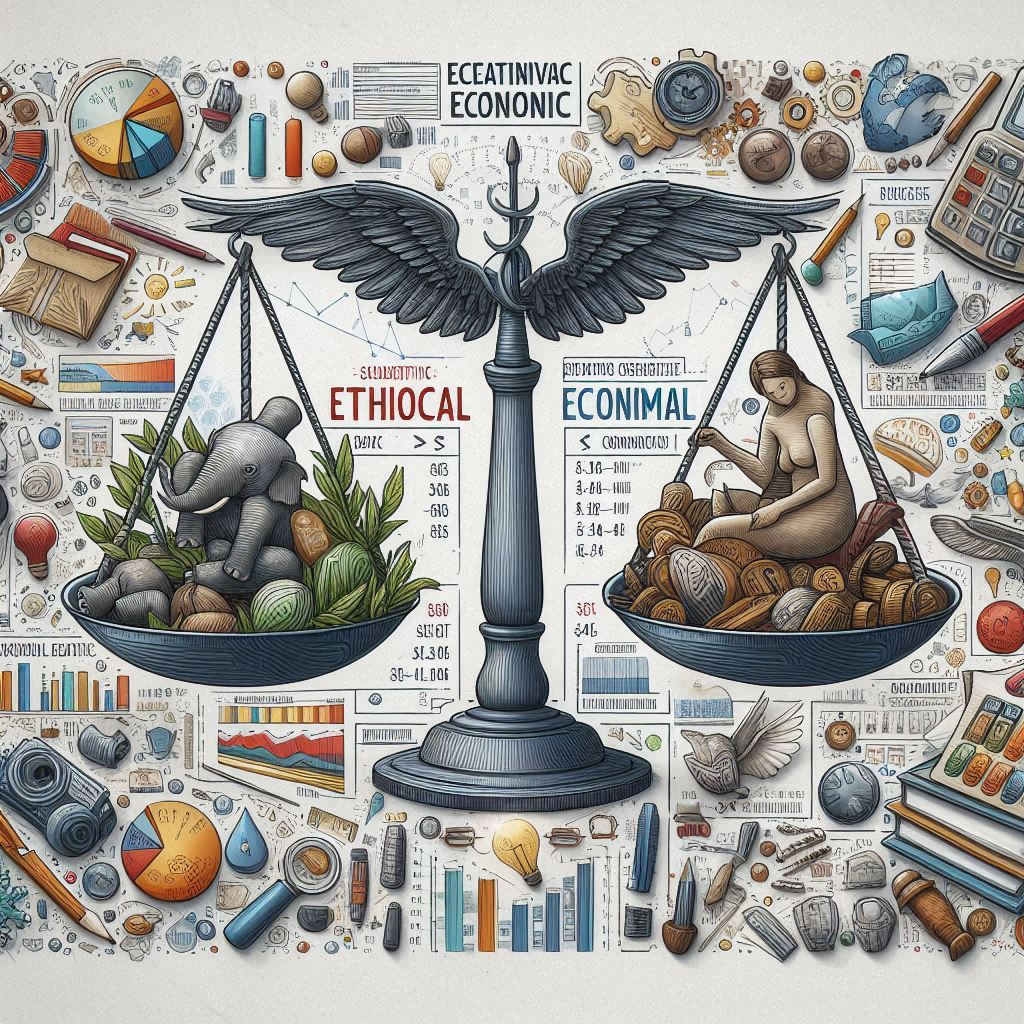The “Museums: Vices and Virtues” section returns for this sixth season of Network Museum. We have planned its debut within the theme of the month for the new year, which is the relationship between museums and intelligence (not just artificial intelligence). Being intelligent also means being aware, in every sense, of the actions we take and, for museums, being able to understand “HOW MUCH” has come into play during their activities and “HOW MUCH” the results of these activities can be quantified.
By Network Museum

The Tal dei Tali Museum in Nonsodove celebrated the opening of a new exhibition. Around a hundred attendees, often the usual crowd drawn by free admission and numerous other reasons, perhaps even the anticipation of the museum’s offerings. In what has become a customary practice, albeit showing scant regard for the elderly, the audience stands to listen to the routine expressions of gratitude, the “captatio benevolentiae,” the accolades, and the repetitive speeches. These often reveal that many speakers, including curators and living artists, have neither seen the exhibition nor grasped its essence—a phenomenon we’ve also observed in our four decades of museum experience. Bear in mind that this section was crafted with minimal scientific intent, but primarily for our catharsis. It serves as our space to express and release the frustrations we’ve repressed as independent researchers. It should not be dismissed as mere farce: the accounts we share, perhaps slightly embellished for effect, are grounded in actual events that we have observed and studied over the years.

Let’s revisit the grandiose opening: everything is unique, a premiere in the “blah blah” scene, complete with bows, smiles, and occasionally, refreshments if the event is billed as a press conference, or total “relaxation” otherwise. You absorb the “who’s who,” engage the bit of intellect you’ve brought with you, all to prevent the journey from being futile, and typically, laden with a hefty load of doubts, you head back to the newsroom or home.
Upon concluding such events, our institute’s protocol compels us to diligently seek the total cost of the operation. We search in vain for a financial statement, a transparent and detailed account of compensations and supply costs, and a roster (often published for promotional reasons) of participants along with the criteria for their selection. Equally important are the qualitative and quantitative evaluation methods, as well as the outcomes (which will be finalized post-exhibition, though the web is available for ongoing updates) regarding the effect on the audience, critics, and media.
The only information we have ever discovered are the lists containing the names of curators, directors, presidents, suppliers, institutional sponsors, and sponsors, strictly without any financial figures. Our assertion holds true for both public museums and private museums that receive public funding or aid.
Curators and directors, who often take pride in their roles and seem unapproachable, should remember that the artifacts they oversee are not their own creations, nor do they own them. These individuals should humbly acknowledge that their societal role is no more vital than that of a baker, a doctor, or a sanitation worker. It is their duty to preserve and protect the cultural treasures they have committed to safeguard as their profession, and to assist those less fortunate in understanding and appreciating these assets. They have been selected, not coerced, for this purpose alone. It is crucial that they do not conflate themselves with the artist or the artwork; to do so would be an overreach of their mandate.
Moving on to the theme of the new year, let’s consider the connection between financial statements and intelligence, and what an intelligent museum might entail. Intelligence is a multifaceted concept, as we’ve highlighted in our pages. Each facet of this complexity requires a metric, a point of reference, which may explain why science is considered intelligent. Presenting a financial statement and the outcomes of an exhibition as a reflective tool is a primary characteristic of an intelligent system. Such a system is capable of interpreting its activities in terms of economic, cognitive, educational, ethical, and social impacts. The distinction between a culturally narcissistic endeavor and a socially scientific one lies in the sharing of tools to assess impacts, allowing a transition from autocratic self-reference to a scientifically democratic exchange.
The remainder may consist of opinions, suggestions, and stances that wield an authority which would not exist without the endorsement of others (pardon the evangelical allusion), yet its value is minimal if it cannot be demonstrated and shared.
This article is dedicated to those who have warned of the risk of dictatorial relapse for seventy years, each time under a different guise. Despite the varying positions, colors, and symbols, the folly remains constant. It aims to convey that the gravest form of dictatorship is the abuse of trust and responsibility—positions that are well-compensated and ought to serve the common good, not merely individual interests.
It is not important to know how many visitors enter a museum, but it is essential to know what they have received from the museum.
© Copyright Infogestione

Versione italiana
Quanto?
Torna la sezione “Musei: vizi e virtù” anche per questa sesta stagione di Network Museum. Il suo esordio lo abbiamo pensato nell’alveo del tema del mese del nuovo anno, ovvero il rapporto tra musei ed intelligenza (non solo quella artificiale). Essere intelligente significa anche rendersi conto, in ogni senso, degli atti che compiamo e, per i musei, poter comprendere “QUANTO” sia entrato in gioco durante le loro attività e “QUANTO” si possa quantificare il risultato delle stesse.
A cura della redazione scientifica di Network Museum

Inaugurazione di una mostra presso il Museo Tal dei Tali di Nonsodove. Un centinaio di persone, sempre le stesse perché non si paga e per mille altri motivi, tra cui il desiderio, forse, di vedere ciò che il famoso museo propone. Come da tendenza (e da scarso rispetto, almeno per le persone di una certa età) tutti in piedi a sentire i soliti ringraziamenti, le solite “captatio benevolentiae”, gli incensamenti e gli interventi tutti uguali, che evidenziano, sovente, come la maggior parte di chi stia parlando non abbia visto la mostra e comunque non abbia capito nulla: curatori ed artisti (se viventi) inclusi (ci è capitato anche questo in quarant’anni di attività museale!). Tenete presente che questa sezione è stata realizzata con intenti poco scientifici, ma, soprattutto, per noi, liberatori. È il nostro angolo dedicato alla fustigazione ed a sfogare le nostre represse frustrazioni di ricercatori senza ateneo, però non è da considerare una farsa: ciò che raccontiamo, magari calcando un poco le tinte, per capriccio, si fonda su fatti realmente accaduti e che succedono e si succedono da anni nella nostra attività di osservazione e di studio.

Torniamo alla pomposa inaugurazione: tutto unico, primo in assoluto nel panorama dei “bla bla”, riverenze, sorrisi e poi (a volte) un rinfresco, se la cosa in questione si definisce conferenza stampa, “sbragamento” totale nelle altre occasioni. Si ascolta i “chi sono loro”, si cerca di utilizzare quel poco di cervello che ci siamo portati appresso, giusto per non fargli fare un giro a vuoto e, solitamente, con mezzo quintale di dubbi si torna in redazione o a casa.
Il copione del nostro istituto, all’uscita di tali eventi, prevede che i nostri occhi cerchino, avidamente, quanto sia costata tutta l’operazione. Cerchiamo, senza mai averlo trovato, un conto economico, un elenco palese e ben visibile a tutti di compensi e di prezzi delle forniture, un elenco (quello sovente si trova per questioni di immagine e di pubblicità) di chi abbia partecipato alle attività con i relativi criteri della scelta. Ultime, ma non meno importanti, le modalità di rilevazione qualitativa e quantitativa, nonché i risultati (che saranno completi al termine della durata della mostra, ma per quei tipi di aggiornamento esiste anche il web) della ricaduta di quanto presentato nei confronti di pubblico, di critica e di stampa.
Mai trovato nulla di ciò ad eccezione delle liste con i nominativi di curatori, direttori, presidenti, fornitori, patrocinatori istituzionali e sponsor (rigorosamente privi di cifre).
Quanto asserito riteniamo valido sia per i musei pubblici sia per quelli che, pur privati, ricevano finanziamenti o aiuti pubblici.
Occorre che le curatrici e le direttrici, i curatori ed i direttori, che tanto si vantano di essere tali (e sovente recitano la parte degli inarrivabili), pensino che ciò che la collettività ha affidato loro non è di loro proprietà e che non è stato neppure realizzato da loro. Queste figure devono, con grande umiltà, quindi, poiché la loro funzione nella società non risulta essere più necessaria di quella di un fornaio, di un medico o di un operatore ecologico, preservare ciò che hanno voluto per mestiere custodire ed aiutare coloro che non hanno avuto la fortuna di intraprendere la loro carriera, a comprendere ed a fruire di tali risorse. Sono stati scelti (e non obbligati) per questi motivi, solo per questi motivi. Evitino di confondere e di sostituire il museo con l’artista o con l’opera. Il resto è appropriazione indebita.
Dopo tale “filippica”, veniamo ora al tema del nuovo anno. Cosa c’entra il conto economico con l’intelligenza e con cosa si possa intendere per museo intelligente? L’intelligenza, come già evidenziato anche nelle nostre pagine, è un concetto complesso. Però sabbiamo che ogni aspetto di tale complessità necessità di una misura, di un riferimento (forse anche per questo la scienza è intelligente). Ebbene appendere un conto economico ed i risultati di una mostra (che non sia la solita retorica degli ingressi) come fosse uno specchio è la prima caratteristica per rendere un sistema intelligente, ovvero in grado di leggere ciò che la sua attività ha procurato in termini economici e di ricaduta cognitiva, educativa, etica e sociale. La differenza tra una attività cultural – narcisistica e social – scientifica risiede proprio nel condividere gli strumenti di valutazione delle ricadute, affinché si possa uscire dall’autoreferenzialità dittatoriale per giungere alla condivisione scientifico – democratica.
Il resto possono essere pareri, suggestioni, prese di posizione per spendere una autorevolezza che non esisterebbe se altri non la concedessero (ci si scusi tale riferimento evangelico), ma vale ben poca cosa se non dimostrabile e condivisibile.
A tutti coloro che da settanta anni sentiamo rifarsi come un mantra al rischio della ricaduta dittatoriale, ogni volta di colore diverso (purtroppo gli idioti sono sempre idioti al di là delle posizioni occupate nelle sedi istituzionali, dei colori e dei simboli), dedichiamo questo articolo, sperando che possano capire che non vi è peggiore dittatura che abusare della fiducia e degli incarichi (lautamente pagati), che occorrerebbe utilizzare per il bene comune e non solo per quello individuale.
Non è importante conoscere quanti visitatori entrino in un museo, ma è fondamentale conoscere ciò che dal museo abbiano ricevuto.
© Copyright Infogestione

Coordinate di questa pagina, fonti, collegamenti ed approfondimenti.
Titolo: “Quanto?”
Sezione: “Musei: vizi e virtù”
Autore: Network Museum
Ospite: –
Codice: INMNET2411261055MAN/A1
Ultimo aggiornamento: 26/11/2024
Pubblicazione in rete: 6° stagione, 26/11/2024
Proprietà intellettuale: INFOGESTIONE s.a.s
Fonte contenuti: INFOGESTIONE – Network Museum
Fonte immagini:
– elaborazione grafica Copilot
– www.moma.com realizzazione Copilot
Fonte video e contenuti multimediali: –
Collegamenti per approfondimenti inerenti al tema: –
